Wilkie Olin-Ammentorp
Bridge Networks
Jun 15, 2021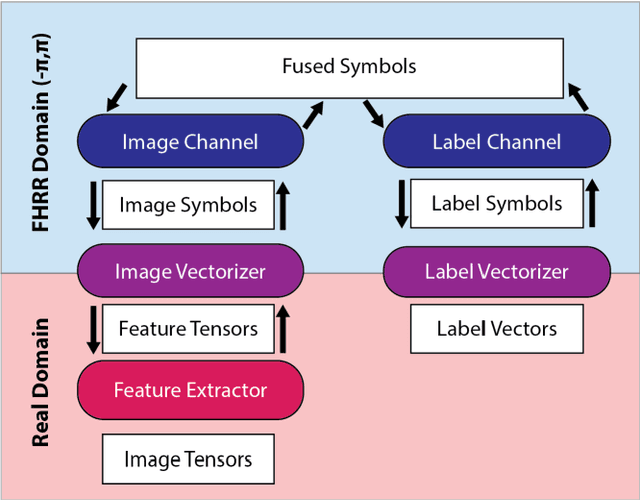
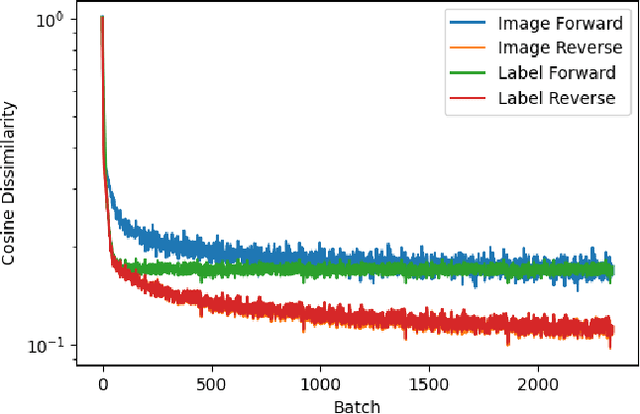
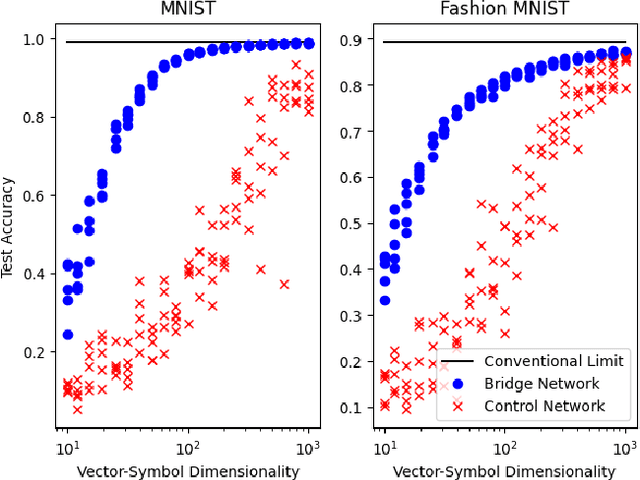
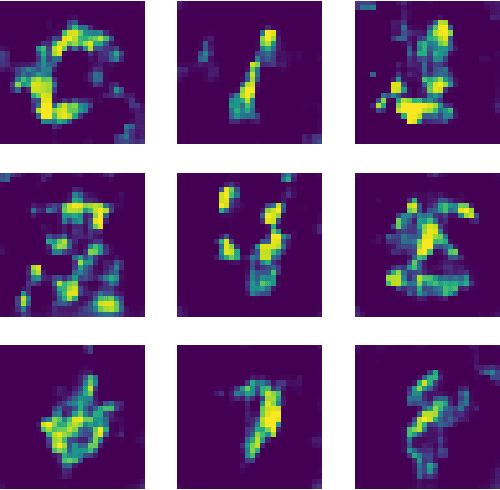
Abstract:Despite rapid progress, current deep learning methods face a number of critical challenges. These include high energy consumption, catastrophic forgetting, dependance on global losses, and an inability to reason symbolically. By combining concepts from information bottleneck theory and vector-symbolic architectures, we propose and implement a novel information processing architecture, the 'Bridge network.' We show this architecture provides unique advantages which can address the problem of global losses and catastrophic forgetting. Furthermore, we argue that it provides a further basis for increasing energy efficiency of execution and the ability to reason symbolically.
Deep Phasor Networks: Connecting Conventional and Spiking Neural Networks
Jun 15, 2021


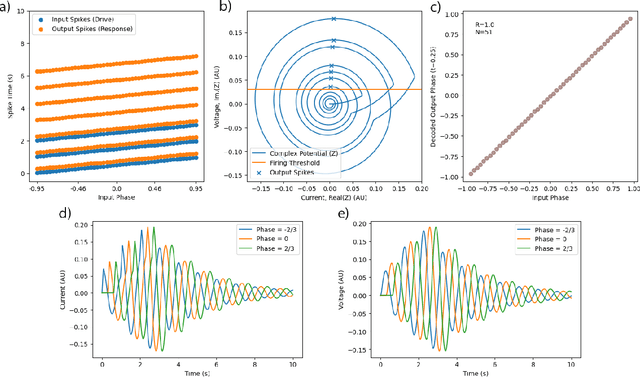
Abstract:In this work, we extend standard neural networks by building upon an assumption that neuronal activations correspond to the angle of a complex number lying on the unit circle, or 'phasor.' Each layer in such a network produces new activations by taking a weighted superposition of the previous layer's phases and calculating the new phase value. This generalized architecture allows models to reach high accuracy and carries the singular advantage that mathematically equivalent versions of the network can be executed with or without regard to a temporal variable. Importantly, the value of a phase angle in the temporal domain can be sparsely represented by a periodically repeating series of delta functions or 'spikes'. We demonstrate the atemporal training of a phasor network on standard deep learning tasks and show that these networks can then be executed in either the traditional atemporal domain or spiking temporal domain with no conversion step needed. This provides a novel basis for constructing deep networkswhich operate via temporal, spike-based calculations suitable for neuromorphic computing hardware.
A Dual-Memory Architecture for Reinforcement Learning on Neuromorphic Platforms
Mar 05, 2021


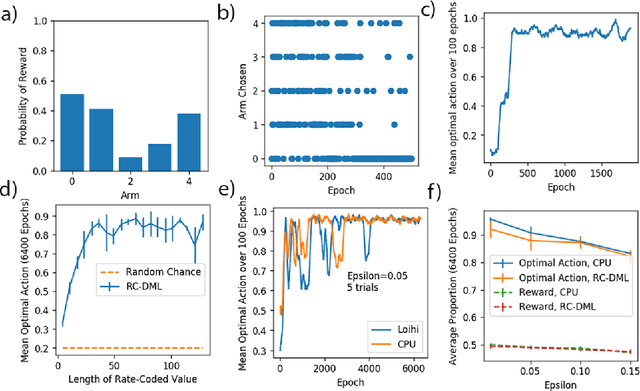
Abstract:Reinforcement learning (RL) is a foundation of learning in biological systems and provides a framework to address numerous challenges with real-world artificial intelligence applications. Efficient implementations of RL techniques could allow for agents deployed in edge-use cases to gain novel abilities, such as improved navigation, understanding complex situations and critical decision making. Towards this goal, we describe a flexible architecture to carry out reinforcement learning on neuromorphic platforms. This architecture was implemented using an Intel neuromorphic processor and demonstrated solving a variety of tasks using spiking dynamics. Our study proposes a usable energy efficient solution for real-world RL applications and demonstrates applicability of the neuromorphic platforms for RL problems.
Stochasticity and Robustness in Spiking Neural Networks
Jun 06, 2019

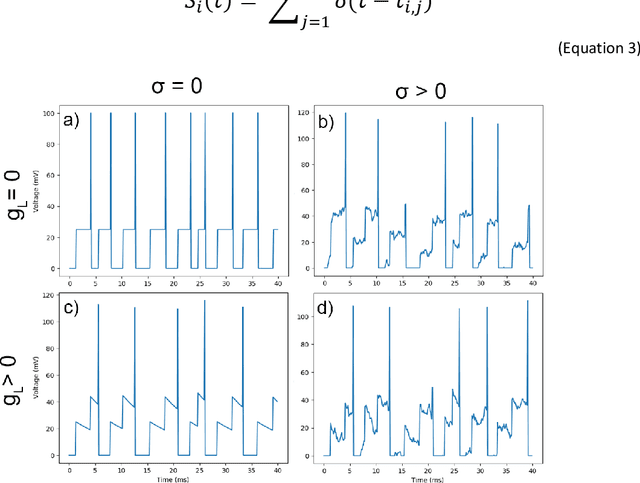

Abstract:Artificial neural networks normally require precise weights to operate, despite their origins in biological systems, which can be highly variable and noisy. When implementing artificial networks which utilize analog 'synaptic' devices to encode weights, however, inherent limits are placed on the accuracy and precision with which these values can be encoded. In this work, we investigate the effects that inaccurate synapses have on spiking neurons and spiking neural networks. Starting with a mathematical analysis of integrate-and-fire (IF) neurons, including different non-idealities (such as leakage and channel noise), we demonstrate that noise can be used to make the behavior of IF neurons more robust to synaptic inaccuracy. We then train spiking networks which utilize IF neurons with and without noise and leakage, and experimentally confirm that the noisy networks are more robust. Lastly, we show that a noisy network can tolerate the inaccuracy expected when hafnium-oxide based resistive random-access memory is used to encode synaptic weights.
 Add to Chrome
Add to Chrome Add to Firefox
Add to Firefox Add to Edge
Add to Edge